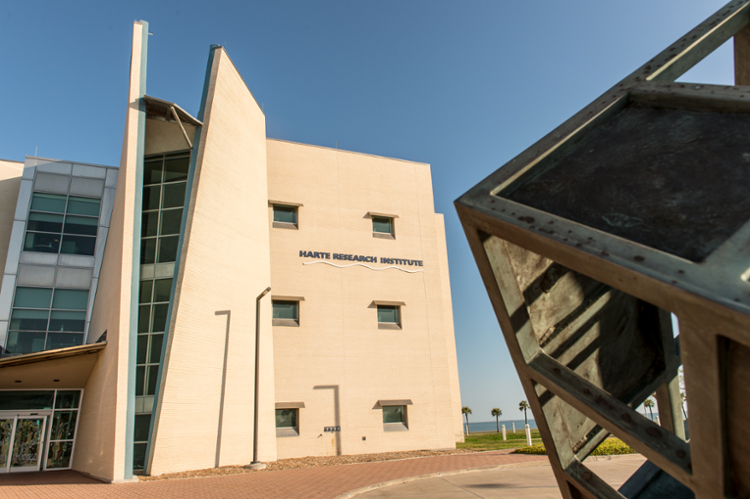Sparks Fly as TAMU-CC Sculpture Class Welds Art with Nature for South Texas Botanical Gardens & Nature Center Partnership
CORPUS CHRISTI, Texas — In a unique fusion of art, community, and nature, students from Texas A&M University-Corpus Christi’s Sculpture I class, led by Graduate Instructor Ian Manseau ’26, are creating wire sculptures that will soon be displayed at the South Texas Botanical Gardens & Nature Center. This collaboration marks a first-time partnership between the university and the nonprofit organization, with the students’ work, collectively named “Wired Life,” set to become part of a public art installation.
The project combines zootomy, wire sculpting, metal cutting, and welding techniques to bring to life sculptures of local wildlife, including blue crabs, herons, and pelicans, which will be showcased at the Gardens’ “Moonlight LUAU in the GARDENS” fundraising event on Friday, Oct. 4. For many of the students, this is their first experience working with wire sculpture, and they’ve found the process both challenging and rewarding.
From behind the half-formed wire shape of a rabbit mid-bound, pliers in hand, John Conyers ’25, an art major and non-traditional student, shared more about the inspiration for his piece.
“I grew up in South Texas, and cottontail rabbits are regular visitors around where I live,” Conyers explained. “I find the athletic movement of the animal fascinating, although it’s quite a challenge turning the vision I have in my mind into reality; the wire doesn’t always do what I want it to do. I’m mainly a drawing-based artist, so sculpting was a new venture for me. Ian has been an amazing teacher, though. He has a lot of insight into sculpture.”
For Ianna Chay ’26, embarking on the sculpture class has led to a new appreciation for repurposing material and the variety of skills involved in sculpting. The BFA student has decided upon a particularly intricate piece for the installation.
“I am creating a model of a Portuguese Man O’ War, which has required various methods of metal work — techniques that were completely new to me,” she said. “For me, it was about figuring out how to express the animal’s features with the materials we had. Initially, I had to decide between using just the tie wire or learning to utilize techniques like MIG welding and plasma cutting. Ultimately, I decided to go with the latter. Even though it was challenging, I did it because I wanted to capture the complex structure of the Man O’ War.”
The inspiration for this collaboration came from first-time instructor, current MFA student, and established artist Manseau during a visit to the Gardens with his young nephews, Leo and Jameson.
“During our visit, I thought that this would be a great place for an installation,” Manseau said. “So, I reached out last semester, and over the summer, I met with Dr. Michael Womack, the executive director, and MaryJane Crull, the communications and marketing director, who were thrilled to support the project.”
The sculptures will be installed during the first week of October, which gives students hands-on experience in the realm of public art installation.
“Installing public works is a whole other beast,” Manseau said. “This opportunity will allow students to witness the intricate process and logistical challenges involved, which is far more demanding than a traditional gallery exhibit.”
The display will run until November 17, with an artist reception planned for Friday, Oct. 11, for Botanical Gardens members, TAMU-CC sculpture students and faculty, and their guests. Some sculptures may even become part of the Gardens’ Christmas-themed holiday décor for Holly-Days at the Gardens; select pieces will also be available for purchase.
Looking ahead, Manseau is hopeful this partnership will continue and is in discussion with Johnathan Durham and Leandra Urrutia, Assistant Professors of Sculpture and Ceramics, respectively.
“We’re hoping to make this a permanent event to be held every semester, especially in the springtime as everything comes back to life,” Manseau said. “It would be fantastic to turn this into an inter-departmental project that benefits from such a beautiful public space.”































